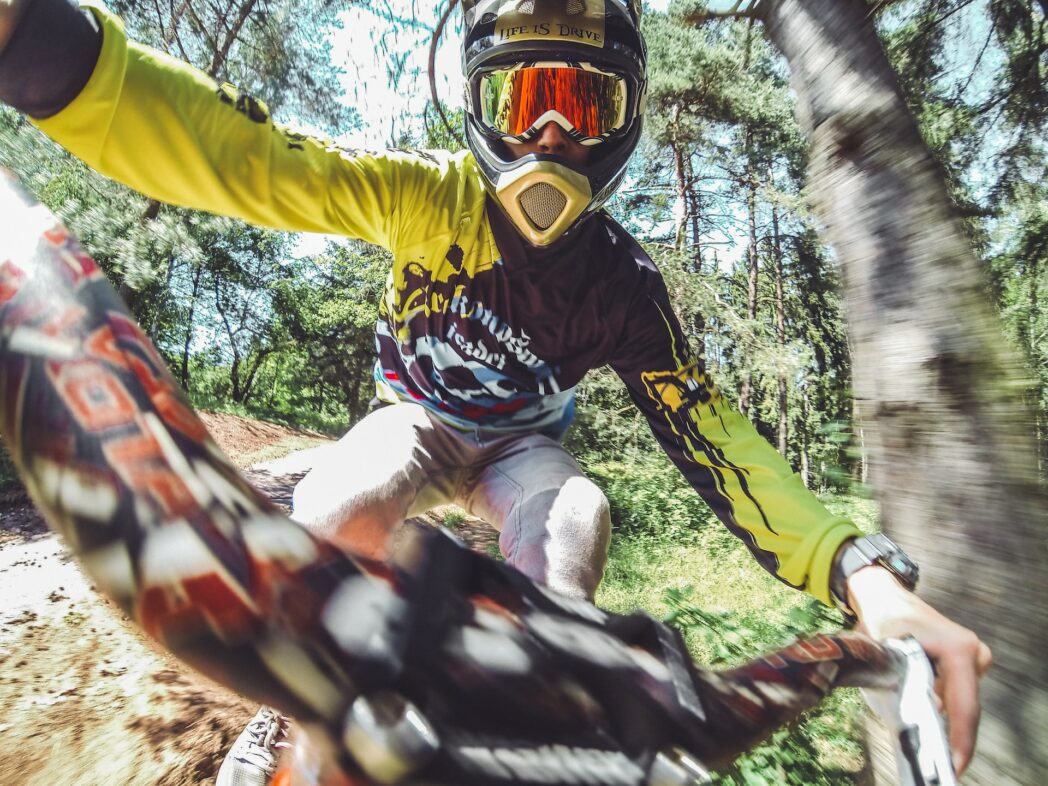Checking the route
While the mechanics prepare the bikes, participants can walk the course to check for changes since the last race. Usually it can be completed twice, once a day. Riders memorize the fastest route and keep in mind that the course may change dramatically due to the weather and the racers’ passing.
Route or obstacle technique can make or break a race. Of course, the fastest bikes ride in a straight line, but downhill is not just a way to find the fastest and straightest way down. Taking a turn on the inside radius may shorten the distance, but the competitor will lose speed compared to taking a turn on the outside radius. The trick is to successfully balance both. At speed. Flying down the hill.
Time training
Each bike is equipped with a timed transmitter. During this workout, the athlete can set a time and complete the entire distance. No points are awarded for this, but the practice can turn into a fun game of “who gets where and in what time.
Participants often stop and start their descent again to determine the best path for themselves – and it’s a great chance for all the fans to see their favorite idols up close.
Start order
Competitors start according to their position in the UCI World Cup rankings and set the time of the race, which will determine the order in which they appear in the starting gate on race day. The advantages of starting first or last is that you know exactly what result you should improve.
Not many points are awarded for this race, but in a high-density competition they can determine first or second place.
The weather can also affect the race – over the years we have seen the best of the best show the worst time just because of weather conditions. It’s good to pass the course while it’s still in acceptable condition, but it’s pure luck.
Race day
The big day. Usually there is practice in the morning, with most competitors just taking off for the start of the course to warm up before the main action begins.
There is a “hot seat” at the finish line, where the current leader stays until his or her time is beaten by a more fortunate competitor. Competitor results can be a total mess, but sometimes the very first ones are not easy to beat, such as the result of Aron Gwin in 2015, who was twenty-first after qualifying.
